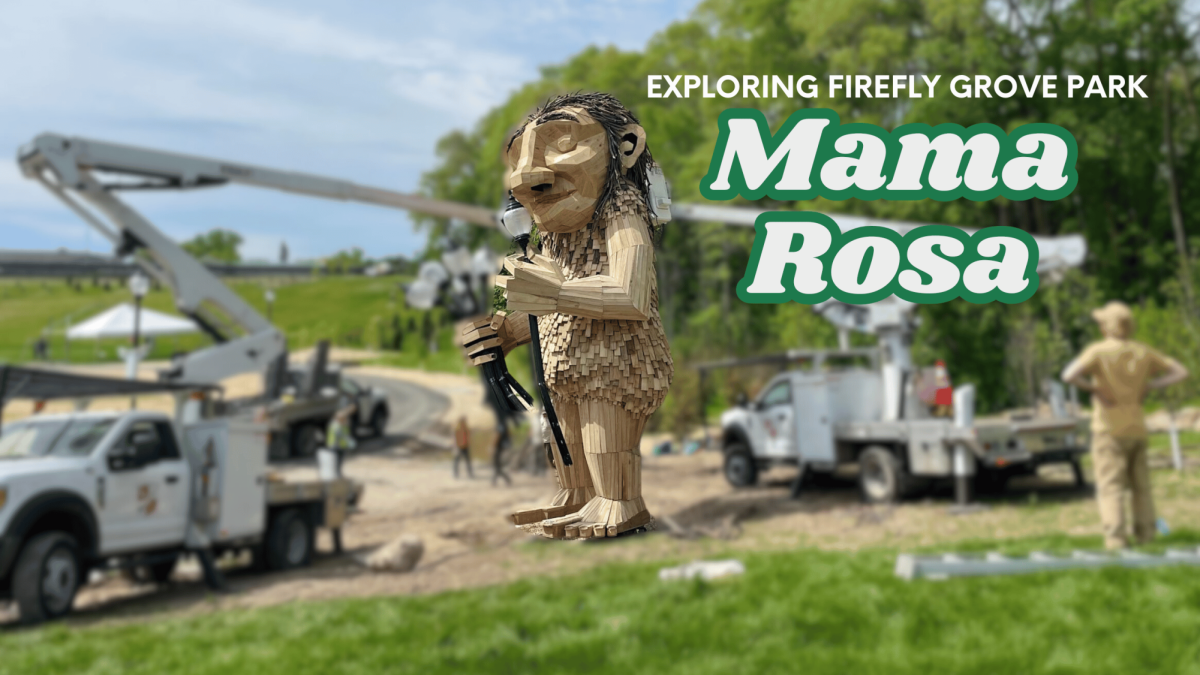Despite the fact that it is Thanksgiving time, all we really know about turkeys is that they are delicious. “Well, the more serious thing that comes to my mind when I hear turkey, is Thanksgiving and how particularly good they taste,” says sophomore Sarah Overholt, a goofy smile planted on her face. After all, who can resist a steaming slab of turkey on Thanksgiving? Joan Ross, a long-time parent and cooker of the notorious Thanksgiving feast for her family says, “I think of stuffing, which I guess leads to Thanksgiving, eventually.”
But there’s more behind the turkey than Thanksgiving, although during this season, this is hard to realize. “Feathers,” are what pops into the mind of Bobby Houillon, a sophomore, at the mention of the bird. Houillon quickly added that he meant “Those big ones, that you use your fingers to symbolize when you trace a hand turkey.” It turns out that Houillon is on the right track.
The feathers that Houillon is so compelled by are the tail feathers, located on the back of the turkey. The average turkey has 18 tail feathers and after strutting through tons of turkey facts, it became apparent that there is an interesting feather fact for every one of those tail feathers.
Rob Ramsdale of WildTurkeyZone.com claims that the tail feathers of a turkey are good indicators of gender and age throughout the gobbling species. Scientists use the feathers to identify the jakes, or 1-year-old gobblers, apart from the mature turkeys. A jake’s tail feathers will be luxuriously fanned out behind the proud bird, while a mature turkey’s will be more compact to their bodies.
Houillin was not surprised that the tail feathers were the most important out of the 3,500 other feathers covering a turkey’s body. “Why do you think we get to color those ones [the tail feathers] any color we want?” Houillin boasted. It turns out that the feathers and attitude of a turkey have been attracting far more admirers than just Houillin, however.
Perhaps one of the biggest fans of the gobbling birds is also one of the most famous Americans in history. Benjamin Franklin, inventor, diplomat, and owner of many other titles, believed that the turkey should have been the national birds instead of the American Bald Eagle. Franklin had famously quoted as saying, “the Turkey is in Comparison a much more respectable Bird [than the bald eagle].” “Though a little vain and silly,” continues Franklin, the turkey is “a Bird of Courage.” Sarah Overholt admits that she agrees with Franklin, laughing. “They really are majestic creatures, you know with their little struts. They command that you bow to down to them. That’s why I love them.”








